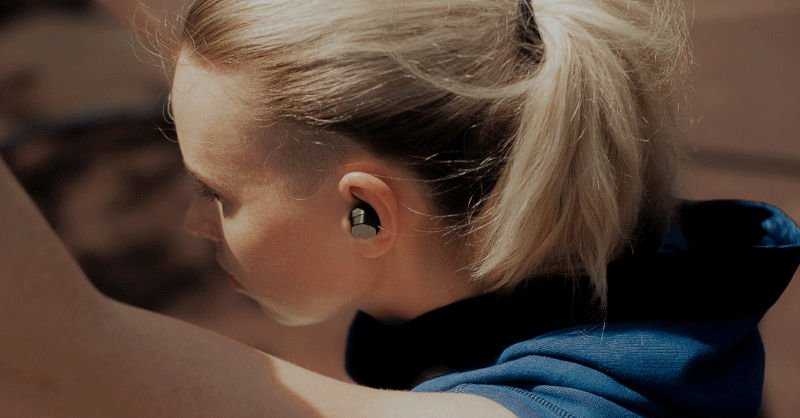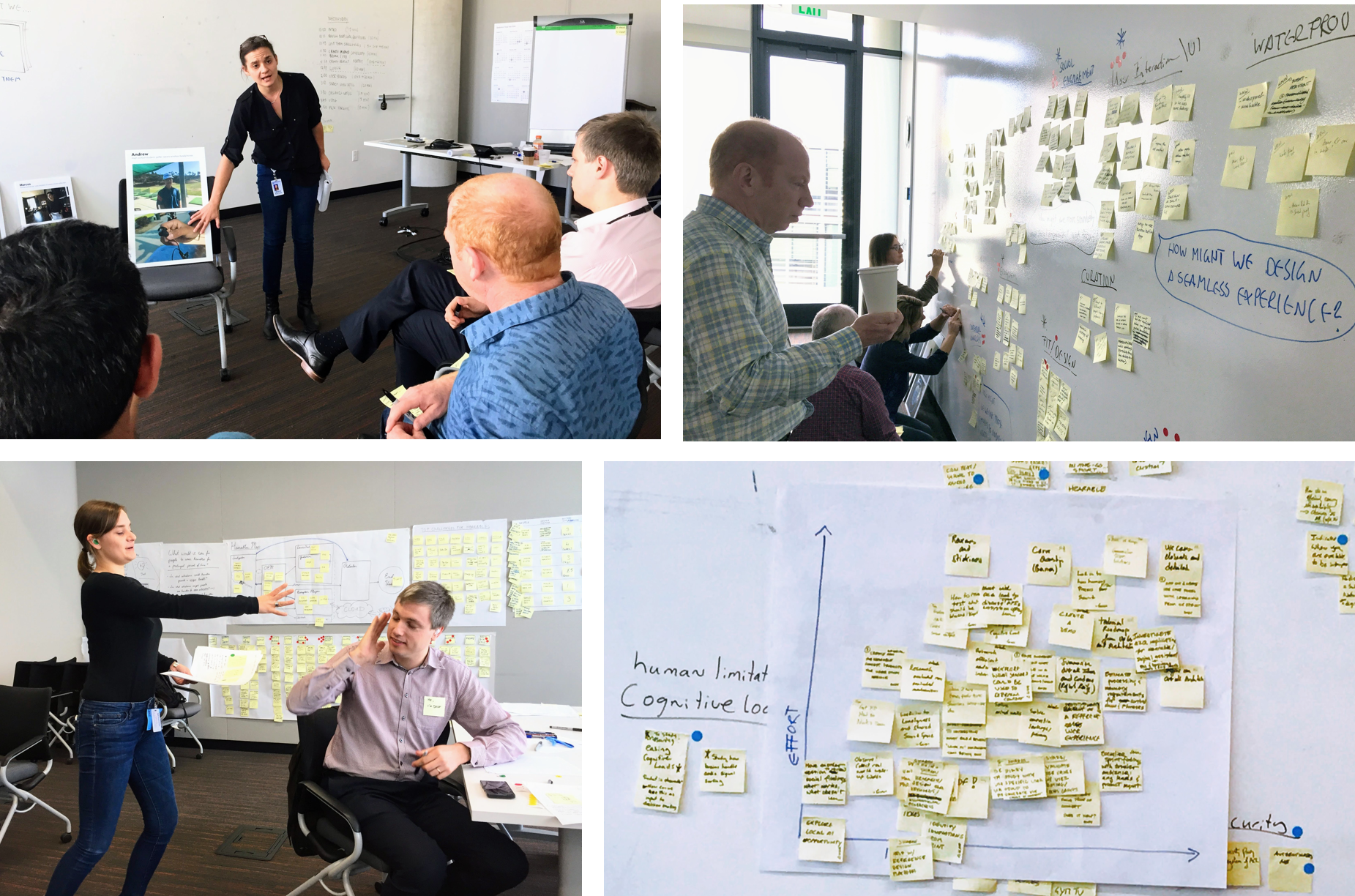
Generating Use Cases for Smart Earbuds
COMPANY: QUALCOMM
ROLE: DESIGN STRATEGY, USER RESEARCH, CONCEPT DESIGN
TEAM: ANNE KONERTZ, GINI KEATING
TIME: 3 MONTHS
The Challenge
In recent years, wireless smart earbuds or “hearables” have become a popular product category. Startups and tech giants are packing high-tech features into their headphones, from in-ear health monitoring to real-time curated audio. But what features truly matter to users? The Qualcomm product team asked us to discover user insights to guide the business and engineering efforts for Qualcomm’s future low-power Bluetooth audio chips.
A Strategic Approach
We began our UX work with a three-day design sprint. Product, engineering, and business leads came together to discuss the priorities, questions, and challenges related to the hearables project. Drawing on the initial user research findings, we guided the team through interactive design thinking exercises, which included sketching and experience prototyping. The main achievement of the design sprint was establishing a shared understanding of this evolving product space. We identified key strategic areas where Qualcomm can offer unique value and developed a cohesive action plan.
Ethnographic Research
Building on our sprint, we conducted in-depth user research focusing on three primary use cases:
Hearing assistance while socializing in noisy environments
Listening to music during exercise
Active noise cancellation while traveling
In exploring multiple research questions for each use case, one key question regarding audio curation emerged throughout the study: what do people want to hear or avoid hearing when engaging in different activities and contexts?
Translating Findings into Design Insights
Next, we transformed our research insights into design questions. We brainstormed and sketched alternate solutions to our design questions and translated our best ideas into storyboards detailing the ideal user experience for hearables in different scenarios. We rapidly prototyped the key concepts from our storyboards and quickly modified our designs based on what we learned from concept testing with users.
Using our refined storyboards, we collaborated closely with engineering and product management to identify UX concepts that were technically feasible and added value to Qualcomm's product offering. Additionally, we worked with audio and acoustic engineering teams to refine and write invention disclosure forms to patent our novel ideas.
Impact
Our research findings and experience design concepts played a crucial role in developing new use cases, creating engineering requirements, and defining the product vision for Qualcomm's hearables chip. Through our research, we uncovered actionable insights related to audio curation, fitness tracking, and battery optimization, which directly influenced the product roadmap. We also identified new design opportunities, such as leveraging the device ecosystem to enhance system performance and usability, as well as employing context awareness to improve the overall user experience. By collaborating with the engineering teams, our research findings and design concepts led directly to the creation of two new engineering patents for Qualcomm: "Acoustic gesture detection for control of a hearable device" and "Acoustic path modeling for signal enhancement".
“The UX research for Hearables was instrumental in refining our understanding of the issues. These detailed studies led to the clear definition of use cases and enabled the identification of specific technical challenges that needed to be addressed, thereby crystallizing an execution roadmap. Deeper studies around psychological and sociological trends provided a more complete picture, allowing a clear shaping of our intended product. New innovative contexts were revealed, bringing new use cases, thus broadening the hearable product offering.”
— Nicolas Graube, VP of Technology, Qualcomm





